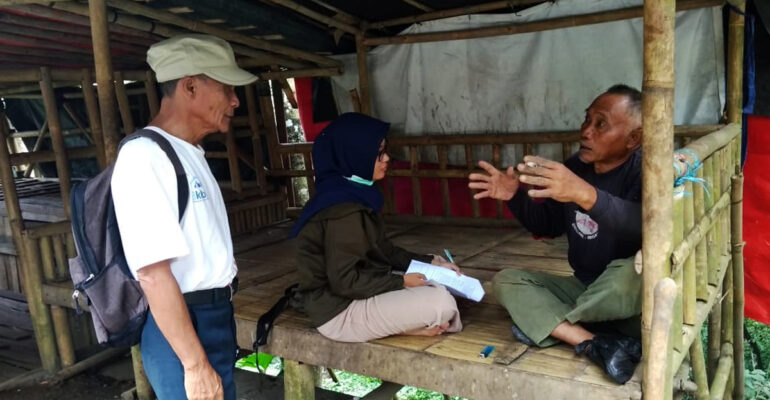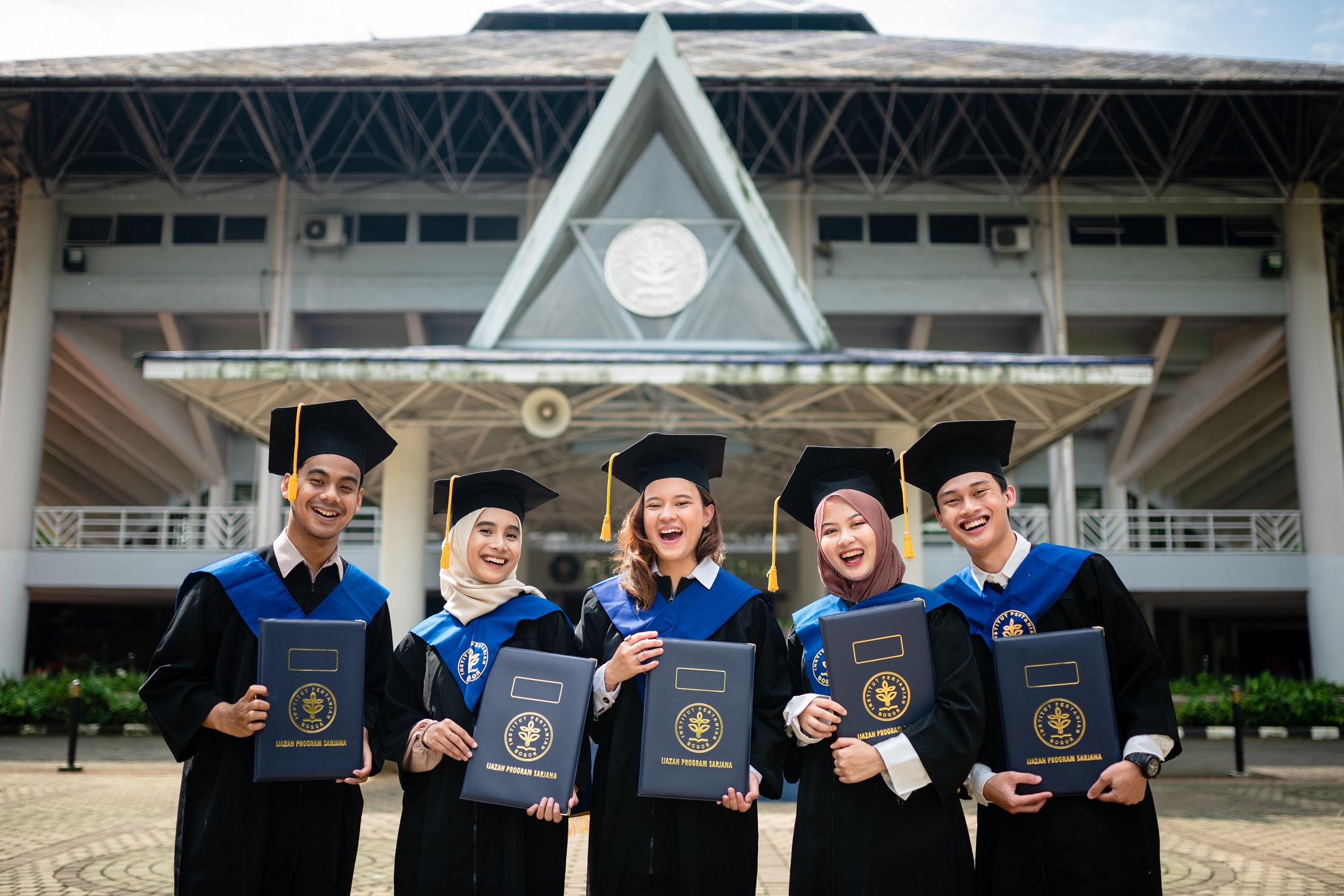IPB University Students Study Endangered ‘Mas’ Durian

Durians are widely known by the public as the ‘King of Fruits’. Besides having attracting smell, this tropical fruit also has sweet flesh. Durians are one of the main commodities in Rancamaya, Bogor City. Rancamaya durians, or more widely known as ‘mas durian’, is one of the superior durian varieties. Their characteristics include pointy and narrow spikes, bright yellow flesh, pleasant smell and soft fibers with very sweet taste. Those advantages make Rancamaya becomes an infamous durian central in Bogor City.
Considering those potentials, IPB University students conduct a study of ‘Extension Value Assessment of Rancamaya Durian Extinction with Contingent Valuation Method Approach’. This study secured the funding from Ministry of Research, Technology, and Higher Education (Kemenristekdikti) in Student Creativity Program in Social Humanities Study (PKM – PSH). This study is conducted by students of Department of Resources and Environmental Economics, Faculty of Economics and Management IPB University. This team consists of Resi Eliani, Pandu Arfendo Pratama and Mutiara Yudha Imani, advised by Ir Nindyantoro, M.Sp.
“Rancamaya durians is special for me. The taste they have is different when they are planted in areas outside Rancamaya. In addition to that, their size, which is not very large, and their pleasant smell and taste contribute in attracting consumers,” said Resi.
As the time goes, the rapid development in housing, office buildings, and road infrastructure, accompanied by population growth in globalization era threatens durian availability as specialty superior horticultural crop from Bogor, especially from Rancamaya.
Durian trees reach their best production if the planting is done at 400-600m altitude above sea level. This plant likes areas with wet climate or those with high rain level. This makes durians suitable to be planted in Bogor City, especially Rancamaya. However, with land alteration phenomenon, which is happening now, Rancamaya durians will lose their best habitat to grow so a conservation attempt is needed to keep the economic, social, or environmental benefits from the durians.
Resi added that most of the locals depend on Rancamaya durian sale for their economy, but the awareness to plant durians is still minimum. There are many locals who choose to be a vendor instead of a farmer because of various obstacles and interests. If durians are not extinct and conserved, they will generate big impact for Rancamaya people because the average income of surrounding locals is still low.
According to the result of the study, most of the locals are willing to pay and participate for Rancamaya durians conservation so that they will not be extinct. The fund generated from the society is Rp 75.800 per person every year. The locals also have the willingness to plant Rancamaya durians, but they don’t have their own field. The enthusiasm of the locals to sell durians is still high.
“We hope that the local and central government can support the conservation of Rancamaya durians through developing Rancamaya as agritourism destination so the economy of the locals will be boosted. Besides that, certification for the durians is needed so that Rancamaya durians can be multiplied and kept abundant,” she said. (Ard)



